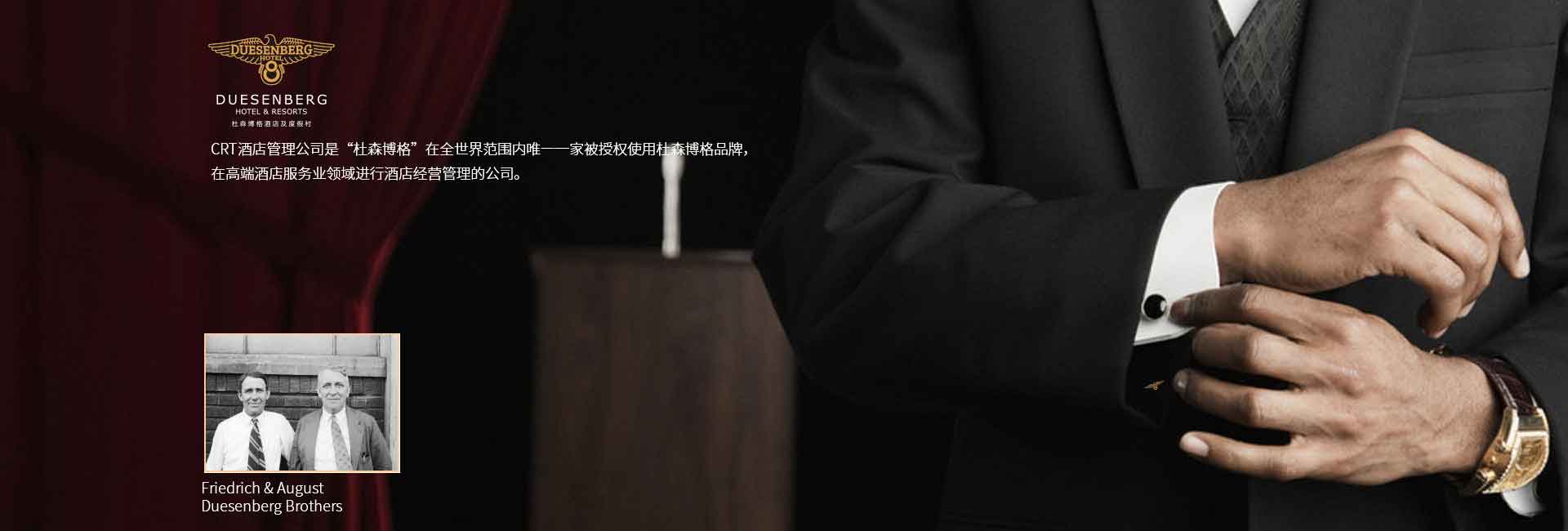酒店品牌设计公司合作营销的发展 战 略
酒店品牌设计公司合作营销的发展战略
酒店品牌设计公司合作已逐渐成为目前企业国际营销的基本战略。随着产品生命周期的日益缩短,研究与开发合作已逐渐成为目前企业国际营销的费用的不断上升,国际贸易保护主义的抬头,企基本战略。业与企业之间的合作已涉及到越来越多的产品领域合作营销的理论渊源可以追溯到1966年,艾德勒(Ader)在《哈佛商业评论》上发表的题为《共生营销》(SymbioticMaketing)的文章中提出了共生营销的概念。所谓共生营销即由两个或两个以上的企业联合开发一个营销机会。这就是合作营销理论的雏形。合作营销的优点合作营销之所以被大量的企业所采用,关键是它能给企业在国际营销活动中带来很多意想不到的益处。
1.巩固已有的酒店品牌设计市场地位。目前,国际市场的需求细分正向纵深发展,缝隙市场也就变得越来越有利可图。这无疑对规模庞大、机构臃肿的大企业来说是一种挑战。面对挑战,通过合作增加企业对市场的敏感性和适应性是一着妙棋。美国大汽车公司就通过与日本及韩国的企业的合作来提高市场占有率。三大汽车公司分别以定牌生产的方式,购进日本和韩国的小型汽车,在国内市场销售,以满足一部分消费者的需求。
2.进入新市场。企业要想进入到一个国际新市场,不仅需要巨额的投资,还要遇到很多意想不到的非关税壁垒的限制。通过与所在国企业的合作就可以开辟出一条进入新市场的捷径。1990年代初期,韩国的家电产品进人日本市场还是个天方夜谭般的故事,但是今天,由于通过与日本酒店VI设计公司的合作,成批的集装箱装载着录像带、录像机、电视机与电冰箱源源不断地到达日本的港口,送到各个零售商的柜台。这些产品大部分使用的是日本厂家的牌号,价格都比当地生产的产品要便宜得多,也就容易为苛刻的日本消费者所接受。1990年代末这一过程正在中国重复上演。

3.酒店设计公司有助于多角化战略的展开。多角化酒店品牌战略要求企业向新的领域进军,但是新的领域对企业来说是个陌生的领域,要承担很大的市场风险。合作营销能减少这样的市场风险。1980年代初,汽车制造业对于韩国的酒店品牌设计公司还是一个新领域。韩国的三大企业集团在实施多角化战略的同时,通过与美国、日本的世界著名企业合作营销,取得了明显的效果。现代与三菱、克莱斯勒,大宇与通用汽车、铃木和五十铃,福特与马自达分别建立了多种形式的合作营销,使韩国在不到短短的十年间,从一无所有一跃而成为世界的主要汽车生产和出口国。
4.酒店品牌公司减少无益的竞争。同一行业的企业在激烈的竞争中往往会产生负效应,从而增加企业的生产成本。为此,进行某种合作营销就可以避免这种情况的发生。酒店品牌合作营销的趋势在航空运输业最为明显。例如,新加坡航空公司、瑞士航空公司和美国三角洲航空公司合作统筹时刻表;制定共同的订票系统、维护系统;建立统一的行李运送等地勤服务。这样就大大降低了企业的成本,提高了工作效率。
5.增强企业酒店品牌设计公司的竞争实力。任何一个企业都有其长处,也有其短处,取长补短永远是增强企业竞争实力的有效法宝。合作营销为取长补短的成功提供了有效的帮助。德国的戴姆勒奔驰集团与日本的三菱集团都是世界的超级产业巨子,但是双方都有其短处,在世界飞机市场上始终无显赫建树。为了扬长避短,双方的董事长在新加坡秘密会晤,利用对方具有的优势进行合作营销,计划与美国的飞机制造厂商相抗衡。
The Development Strategy of Cooperative Marketing of Hotel Brand Design Company
Cooperation with hotel brand design companies has gradually become the basic strategy of international marketing for companies. With the shortening of product life cycle, research and development cooperation has gradually become the current company's rising international marketing costs, the rise of international trade protectionism, and the company's basic strategy. The cooperation between industry and enterprise has involved more and more product fields. The theoretical origin of cooperative marketing can be traced back to 1966. Ader (Ader) published in the Harvard Business Review entitled "Symbiotic Marketing" ( SymbioticMaketing) proposed the concept of symbiotic marketing. The so-called symbiotic marketing refers to the joint development of a marketing opportunity by two or more companies. This is the embryonic form of cooperative marketing theory. The advantages of cooperative marketing The key reason why cooperative marketing is adopted by a large number of enterprises is that it can bring many unexpected benefits to enterprises in international marketing activities.
1. Consolidate the existing market position of hotel brand design. At present, the demand segmentation of the international market is developing in depth, and the niche market is becoming more and more profitable. This is undoubtedly a challenge for large-scale and bloated companies. In the face of challenges, it is a clever move to increase the sensitivity and adaptability of enterprises to the market through cooperation. Major American automobile companies have increased their market share through cooperation with Japanese and Korean companies. The three major automobile companies purchased small cars from Japan and South Korea in the form of OEMs, and sold them in the domestic market to meet the needs of some consumers.
2. Enter new markets. If an enterprise wants to enter a new international market, it not only requires huge investment, but also encounters many unexpected restrictions on non-tariff barriers. By cooperating with enterprises in the host country, a shortcut to enter new markets can be opened up. In the early 1990s, the entry of Korean home appliances into the Japanese market was still a fantasy story, but today, thanks to cooperation with a Japanese hotel brand design company, batches of containers are loaded with video tapes, video recorders, televisions and refrigerators. It continues to arrive at the ports of Japan and delivered to the counters of various retailers. Most of these products use Japanese manufacturers' brands, and the prices are much cheaper than locally produced products, and they are easily accepted by demanding Japanese consumers. This process was repeated in China in the late 1990s.

3. The hotel design company contributes to the development of the diversification strategy. The diversified hotel brand strategy requires companies to march into new fields, but the new fields are unfamiliar to companies and they have to bear great market risks. Co-marketing can reduce such market risks. In the early 1980s, automobile manufacturing was still a new field for Korean hotel brand design companies. While implementing the diversification strategy, the three major corporate groups in South Korea have achieved significant results through marketing cooperation with world-renowned companies in the United States and Japan. Hyundai and Mitsubishi, Chrysler, Daewoo and General Motors, Suzuki and Isuzu, Ford and Mazda have established various forms of cooperative marketing, which have enabled South Korea to become the world's major automobile production from nothing in less than ten years. And exporting country.
4. Hotel brand companies reduce unprofitable competition. Enterprises in the same industry often produce negative effects in fierce competition, thereby increasing their production costs. For this reason, some kind of cooperative marketing can avoid this situation. The trend of hotel brand cooperative marketing is most obvious in the air transportation industry. For example, Singapore Airlines, Swiss Airlines and Delta Airlines cooperate to coordinate timetables; develop a common booking system and maintenance system; establish unified luggage delivery and other ground handling services. This greatly reduces the cost of the enterprise and improves work efficiency.
5. Enhance the competitiveness of corporate hotel brand design companies. Any enterprise has its strengths and weaknesses, and learning from each other is always an effective magic weapon to enhance the competitiveness of an enterprise. Cooperative marketing provides effective help for the success of learning from each other. Germany's Daimler-Benz Group and Japan's Mitsubishi Group are both world super-industry giants, but both have their shortcomings, and have never made outstanding achievements in the world aircraft market. In order to exploit their strengths and avoid weaknesses, the chairman of the board of directors of the two parties secretly met in Singapore to use each other's advantages to conduct cooperative marketing and plan to compete with American aircraft manufacturers.

人和时代设计
品牌设计、VI设计、标识设计公司




















